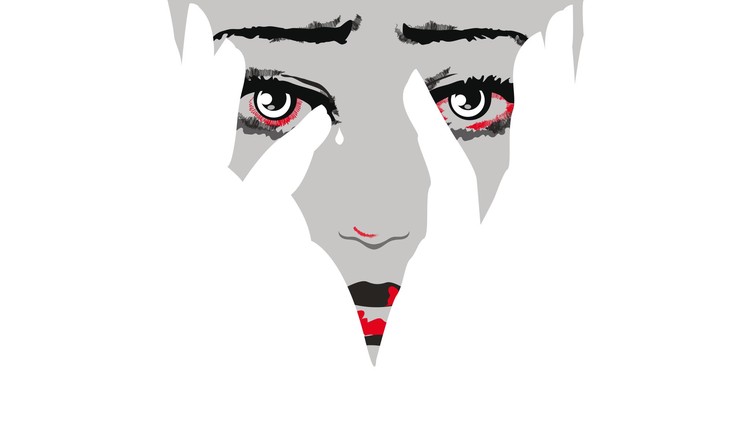I’m pasting in below, with permission of the author, a summary of some sources of first person accounts of experience with mental health issues and with recovery. These are the stories, too often suppressed, that could help guide us into a very different sort of mental health system:
**************************************************************
The Value of First-Person Narratives in Mental Disorders
Brian Koehler PhD
New York University and City University of New York
Gail Hornstein (2009), in her humanistic, poignant and scholarly volume
“Agnes’s Jacket: A Psychologist’s Search for the Meanings of Madness,”
underscored the importance of “first-person accounts” of mental disorders.
She believes that “madness” may be more about code than chemistry.
Subjective narratives, linked to history and life events, are essential to
the understanding of such symptoms as delusions, hallucinations, etc. and
their treatment. Physician Andrew Weil recommended to the US NIH that a
“National Registry of Healing” be established classified by diseases and
extensively cross-referenced, so that patients (and doctors) can have
access to narratives of recovery and healing.
The following are websites devoted to the collection of first-person
accounts, i.e., oral histories of persons struggling with psychosis and
the systems charged with treating them.
In the United States:
MindFreedom International: [ http://www.mindfreedom.org
]www.mindfreedom.org
New York State Archives: [ http://www.nysarchives.org ]www.nysarchives.org
Alaska Mental Health Consumer Web: [ http://www.akmhcweb.org
]www.akmhcweb.org
M-Power in Massachusetts: [ http://www.m-power.org ]www.m-power.org
Freedom Center: [ http://www.freedom-center.org ]www.freedom-center.org
Taped Interviews:
The Mental Health Testimony Project at the British Library contains fifty
taped interviews in which people who spent years in British mental
institutions tell their life stories in their own terms.
Dori Laub’s Fortunoff Video Archive for Holocaust Testimonies at Yale
University- Psychiatrist-psychoanalyst Laub and colleagues identified a
group of patients who had been hospitalized for decades in Israeli mental
institutions. Each patient had traumatic Holocaust experiences that had
not been recognized as connected to their ìchronic schizophrenia.î
Witnessing to these patients narratives led to a reduction in
symptomatology. Laub poignantly wondered: what if the survivors had been
able to tell their stories before they ended up as chronic mental patients?
Patient Art:
The Bethlem Royal Hospital in London has a collection of hundreds of works
of art by persons who have been patients at British psychiatric
institutions
The Prinzhorn Collection: A collection of five thousand paintings,
drawings, textiles and sculptures created by patients in German, Swiss,
and Austrian asylums at the turn of the twentieth century is now located
in its own beautiful museum in Heidelberg, Germany. Hans Prinzhorn, a
psychiatrist and art historian, spent years searching out patients’
creative works. Agnes Richter’s jacket is in this collection. Dated circa
1895, this person who was a patient in a German asylum, stitched her
autobiography into every inch of the jacket she created from her
institutional uniform.
Personally, I have, over the years, collected patient art and narratives
of their lives while working at a state psychiatric hospital in New York.
I have struggled to relate the third person accounts of neuroscience with
the first person accounts of patients themselves, e.g., a sense of social
exclusion and defeat, as well as with the history and culture of the
individual, i.e., establishing a “tri-alogue” between brain, mind and
culture. Gail Hornstein (2009), a champion of the value of subjective
narratives of persons diagnosed with mental illness, proposed:
“First-person accounts of psychological distress serve two powerful
functions-they expose the limits of psychiatryíc explanations and
treatments for mental illness and they offer competing theories and
methods [e.g., phenomenological] that might potentially work better. The
more of these accounts I’ve read [e.g., the journal of Nijinsky]…the
more convinced I’ve become that first-person experience is crucial to
understanding madness and its treatment” (p. xxii).



